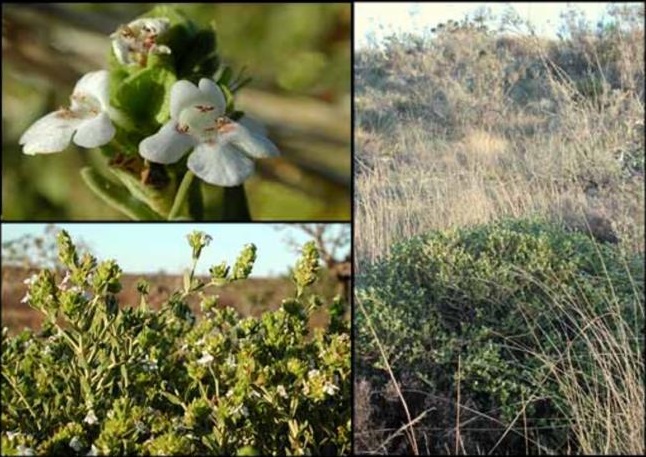Dasymalla chorisepala
(Dasymalla chorisepala)

Description
Pityrodia is a genus of flowering plants in the mint family, Lamiaceae and is endemic to Australia, most species occurring in Western Australia, a few in the Northern Territory and one in Queensland. Plants in this genus are shrubs with five petals joined to form a tube-shaped flower with four stamens of unequal lengths. Plants in the genus Pityrodia are evergreen shrubs with erect, usually cylindrical branches. The leaves are simple, net-veined and their bases partly wrap around the stem (decurrent). The flowers may occur singly or in groups and exhibit left-right symmetry. There are 5 sepals which are joined at their bases and 5 petals joined to form a tube. The tube may have 5, unequally sized lobes at the tip or two "lips" - the upper lip having two lobes and the lower one three. There are four stamens with one pair longer than the other. The fruit is a drupe containing up to four seeds. The genus was first described by Robert Brown in 1810. Brown published his description in Prodromus Florae Novae Hollandiae and designated Pityrodia salvifolia as the type species. The name Pityrodia is an Ancient Greek word meaning "scale-like". Pityrodia was originally included in the Verbenaceae. In a review of the genus in 1979, Ahmad Abid Munir included Pityrodia and nine other genera in a family Chloanthaceae, all endemic to Australia and sometimes referred to as "Australian Verbenaceae". The name Chloanthaceae has not been widely adopted and Pityrodia is now included in the Lamiaceae.
Taxonomic tree:







